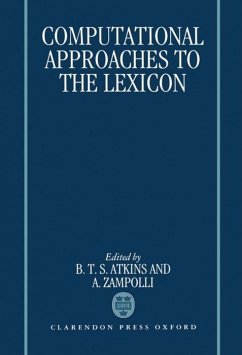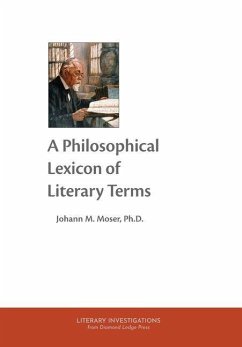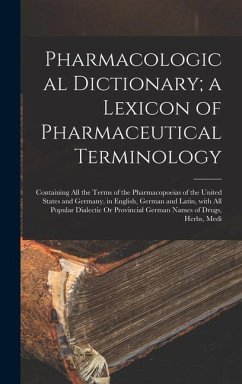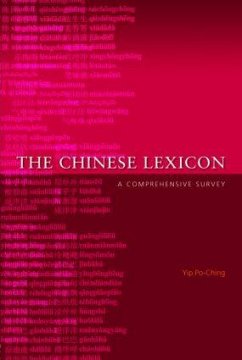
Formulaic Language and the Lexicon
Versandkostenfrei!
Versandfertig in 1-2 Wochen
49,99 €
inkl. MwSt.
Weitere Ausgaben:

PAYBACK Punkte
25 °P sammeln!
A considerable proportion of our everyday language is "formulaic." It is predictable in form and idiomatic--apparently stored in fixed or semi-fixed chunks. This book explores the nature and purposes of formulaic language, and looks for patterns across the research findings from the fields of discourse analysis, first language acquisition, language pathology and applied linguistics. It gradually builds up a unified description and explanation of formulaic language as a linguistic solution to a larger, non-linguistic, problem, the promotion of self.














